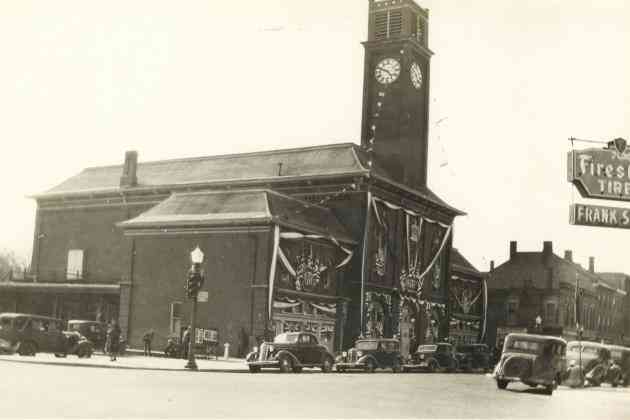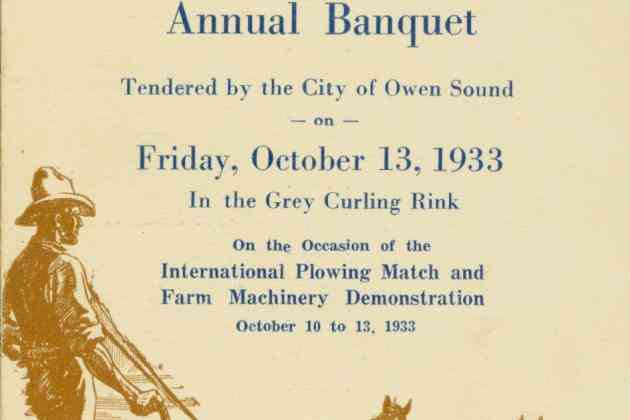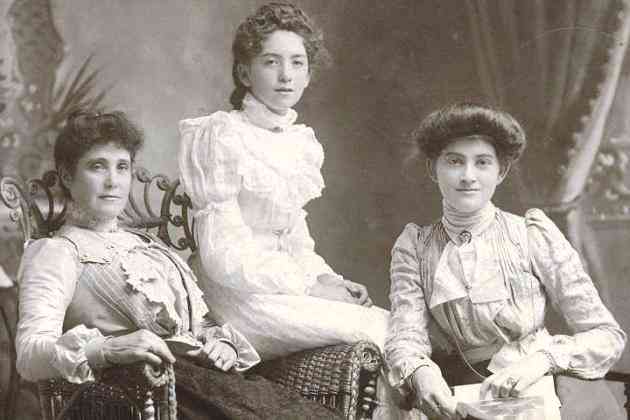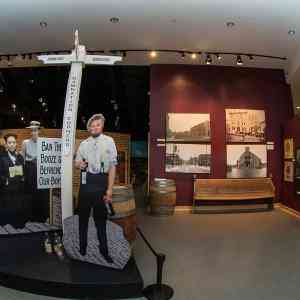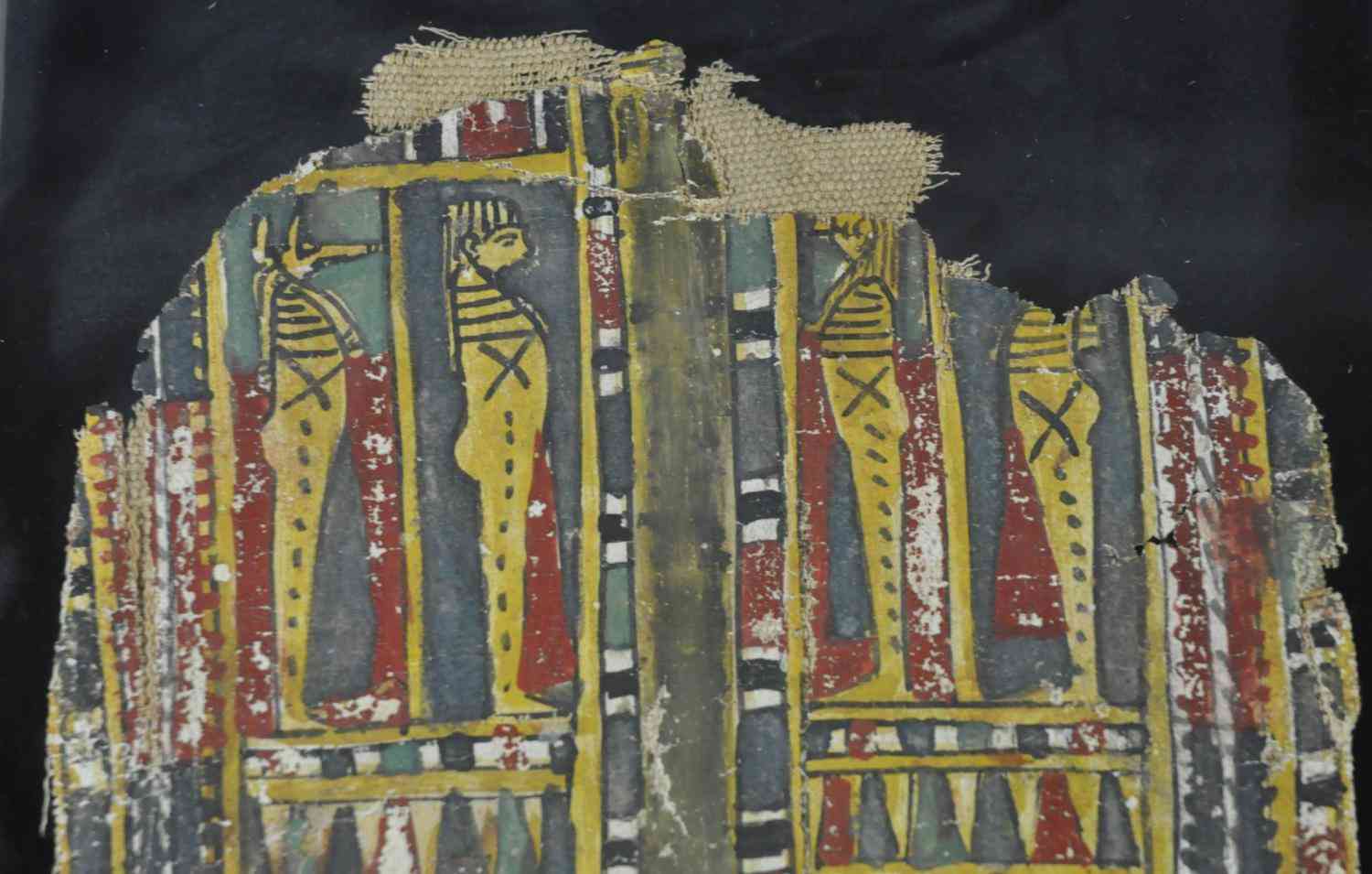
Amazing Ancient Cartonnage Artefacts
Over the years at the museum, I have grown to appreciate how flax fibres were spun and woven into various articles. Therefore, I was thrilled last week when two pieces of an authentic ancient Egyptian cartonnage piece were loaned to Grey Roots to augment the ROM traveling exhibit “Gift of the Nile”. Actually all of the artifacts loaned are fascinating, but the fragility and biodegradability of a piece of hand-woven linen, apparently coated with some sort of gesso plaster, and then elaborately painted with still-bright pigments, amazed me by how some items somehow miraculously manage to survive the ravages of time. The cartonnage pieces are part of a larger, now broken-up piece, that was positioned on the torso of an unidentified Egyptian mummy. The symbols painted on it were intended to help the deceased person successfully reach the afterlife. The top piece of the cartonnage has the “Four Sons of Horus” depicted (a jackal-headed figure, a human-faced figure, a hawk-headed figure, and a baboon-headed figure). They were guardians of the visceral organs that were removed from bodies prior to the mummification process. “Hapi” the baboon figure, protected the lungs. Duamutef, the jackal figure, protected the stomach. Imseti, with a human face, protected the liver. Quebehsenuef, the hawk or falcon-headed god, protected the intestines. The four extracted organs were placed in four separate canopic jars in the tomb, as it was believed that they would be definitely needed in the afterlife. By the 18th Dynasty, the four canopic jars also displayed the heads of the “Four Sons of Horus”. The cartonnage pieces on loan to Grey Roots are estimated to date to circa 700 B.C.
Linen production involves a lot of work, and the woven fabric of linen is made using a thirsty, plant-origin fibre. Here at Grey Roots, the oldest decorated linen items I can think of are some of our 19th-century embroidered samplers. For example, we have a 19th-century religious sampler that was brought to Canada in 1913 by Mrs. Wakefield (neé Elizabeth Johnston, b. 1865-d.1964). She was from Stratford-on-Avon, England, and her mother, Mrs. Robert Johnston (neé Alice Richmond) is said to be the embroideress, although she unfortunately did not sign or date the sampler. It likely is from c. 1855. The 1830s samplers of the Higham sisters, and an 1841 sampler by Mary Jane Cole, also from England, attest to the longevity of woven linen grounds, if properly taken care of. But they are sure rather “new” compared to the Egyptian pieces.
In Grey County, some farmers in the early 1860s grew flax, and there was a flax mill situated at Neustadt. This mill apparently did some basic processing (scutching) of the fibres, and then sent them on to Waterloo County for further work. Nothing tangible of this activity appears to have survived, except printed mention of the mill in W. W. Smith’s Gazetteer & Directory of the County of Grey, 1865-1866. The flax from this area likely went into making useful items like linens and coverlets and clothing, that have been used up long ago, or become anonymous over time.
Therefore, it is fascinating to see fibres expertly woven by someone from the ancient world, and now kept in a frame to reduce further damage, so that they might last and inspire present-day fibre artists and historians. However, being a bit superstitious, I also sincerely hope that the person whose body once was covered with the painted cartonnage doesn’t decide to haunt us at the museum, as it was intended to stay with the body…so please forgive us, long ago spirit, for our historical curiosity.

